The Russian beauty market has maintained a positive trajectory in the face of macroeconomic challenges that affected the broader Russia economy. Despite the economic recession and ruble’s devaluation, the market remained resilient, and beauty products continued to be very popular among Russian women. However, the 2013-2015 ruble depreciation resulted in increased prices for imported beauty products. Some estimates show that prices for premium cosmetics increased by 13 percent from 2013 to 2017, mass market cosmetics by 18 percent, and cosmeceuticals by 20 percent versus 2013.
According to the Statista research agency, hair care and perfumery were the largest components of the beauty segment in 2017, attracting 23 percent and 21 percent of consumer spending in this industry respectively.
Domestic manufacturers of beauty products provide serious competition to overseas manufacturers and capitalize on price advantages they possess relative to importers. Domestic producers also strive to focus on the use of natural ingredients.
Retail beauty chains have managed to restore their position in the market and even surpass pre-recession sales levels. Three key chains, Rive Gauche, Ile de Beaute, and L’Etoile, continue to dominate the market, accounting for 63 percent of total sales of perfumery and cosmetics within Russia in 2017.
Total local production has been estimated at 2,200,000,000 pieces for 2018. Total exports from Russia have been valued at USD750,000,000 during 2017. Total imports stood at USD3,200,000,000. Imports from the U.S. came to USD200,000,000. The overall market size has been assessed at USD9,100,000,000.
According to BusinesStat, the volume of the beauty salon market in Russia slightly increased in 2017.
Several distinctive market trends have been observed in the last few years in the Russian cosmetics market. Russian consumers seek quality at reasonable prices and demonstrate a high level of concern for product ingredients. Russian consumers are becoming more sensitive to price and promotions. Marketing campaigns are positioning and repositioning brands as professional and affordable, striving to deliver salon-level quality at a price suitable for home use.
Anti-aging and salon-use aesthetic products are poised for expansion and development in Russia. The best sales prospects include the following categories: anti-aging and body care salon-use equipment, affordable make-up, skin and hair care products from mass-high to high-end, professional skin and hair care products for beauty salons, manicure and pedicure products, cosmetics for children, and niche perfumery.
The market presents notable opportunities to U.S. companies. For one, Russian consumers tend to choose products with natural ingredients. Second, Russian consumers generally seek premium facial care products. There is growing interest in multifunctional products (such as color-correcting BB/CC creams) and advanced skin hydration technologies. The demand for beauty products, such as cosmetics, hygiene products, and perfumery, is expanding. Furthermore, Russian men tend to purchase simple and universal hair care products. “Two-in-one” shampoos for hair and body have become widespread. Finally, the interest in natural perfumery and innovative perfumers is increasing.














Leave a comment